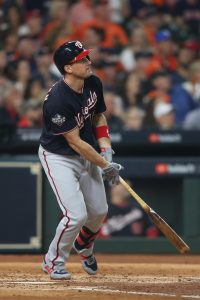Former big league southpaw Félix Doubront has signed with the Saraperos de Saltillo of the Mexican League, according to an announcement from the team (on Twitter). It’ll be Doubront’s second career stint with the Saraperos, for whom he made 17 starts in 2019.
Doubront, now 34 years old, split the 2019 season between the Saraperos and the Pericos de Puebla. After not pitching in 2020, he made the jump to Taiwan last offseason. The Venezuela native caught on with the Uni-President Lions of the Chinese Professional Baseball League. He went on to have a fair amount of success there, posting a 3.42 ERA across 84 1/3 innings, offsetting a lack of swing-and-miss (19% strikeout rate) with plus control (6.5% walk percentage).
In addition to his time in Mexico and Taiwan, Doubront spent the 2018 campaign in the Korea Baseball Organization. He’s better known to fans in the United States for the big league stint that predated those jumps to various foreign professional leagues. A well-regarded prospect during his days in the Red Sox’s farm system, Doubront got to the majors in 2010. He spent the next three-plus seasons with Boston, working as a regular member of the starting rotation for the Sox in both 2012 and 2013.
Doubront was solid in the latter season, pitching to a 4.32 ERA over 162 1/3 frames for the eventual World Series champions. He got off to a rough start in 2014, though, and he was traded to the Cubs at that summer’s deadline. Cut loose by Chicago after the year, he split the following season with the Blue Jays and A’s but struggled at both stops. He hasn’t appeared in the big leagues since then, and he rejoins the Saraperos owner of a career 4.89 ERA/4.23 SIERA in 513 2/3 MLB innings.

